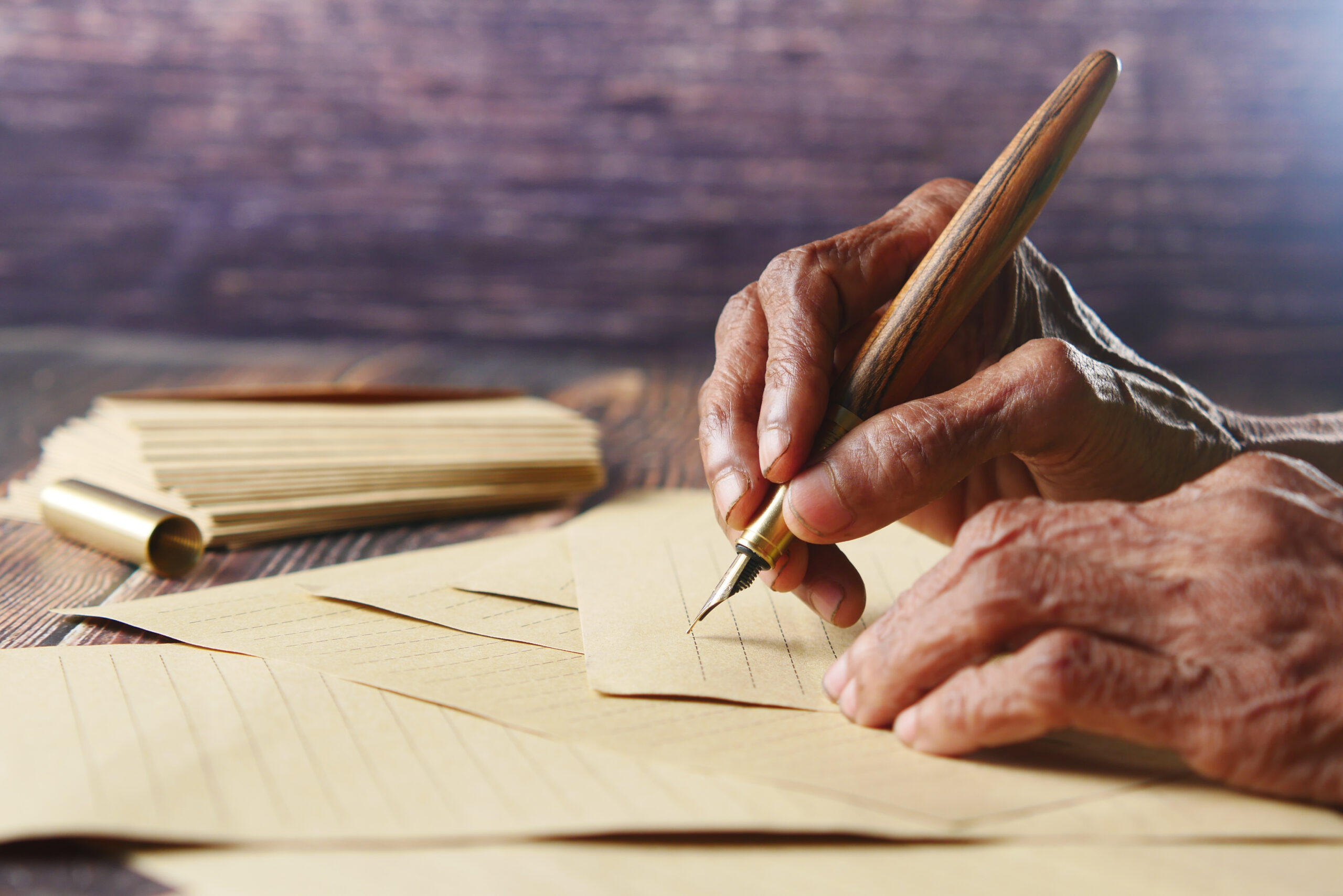Soap Making: How it might provide sensory stimulation and cognitive benefits
Soap has been a household staple for centuries, used for cleaning and personal hygiene. But did you know that making soap can also provide numerous benefits for our sensory and cognitive well-being? Soap making is an age-old craft that not only produces a practical product, but also offers a therapeutic and enjoyable experience.
The process of soap making involves mixing together oils, lye, and water to create a chemical reaction called saponification. This produces the final product of soap, which can be molded into different shapes and scented with various essential oils or other additives. While the results are a luxurious and nourishing item for our skin, the process itself can be just as beneficial for our minds.
One of the main sensory benefits of soap making is the use of essential oils. These natural oils are derived from plants and have been used for centuries to improve overall well-being. When added to soap, they can provide a range of aromatic scents that can have a calming or invigorating effect on our senses. The scent of lavender, for example, has been shown to reduce stress and promote relaxation, while peppermint can help to boost energy and focus.
The act of mixing and blending these essential oils into the soap base can also be a form of sensory stimulation. The different scents and textures can engage our sense of smell and touch, providing a multi-sensory experience. This can be particularly beneficial for individuals who may have sensory processing issues, such as those on the autism spectrum. Soap making can offer a safe and controlled way to explore different smells and textures, helping to regulate their sensory systems.
In addition to sensory benefits, soap making also offers cognitive benefits. The process involves following specific steps and measurements, which can help to improve our attention to detail and concentration skills. The use of different tools and equipment, such as measuring cups and thermometers, also requires problem-solving and critical thinking skills.
Furthermore, soap making involves the use of both the left and right sides of our brain. The logical and scientific process of measuring and mixing ingredients engages the left side, while the creative and artistic aspect of choosing scents and colors engages the right side. This helps to improve our overall brain function and cognitive flexibility.
For those struggling with anxiety or depression, soap making can also offer a form of mindfulness. The process requires our full attention and focus on the present moment, allowing us to let go of any worries or negative thoughts. The repetitive actions of mixing and pouring can also be calming and meditative, promoting a sense of relaxation and well-being.
Soap making can also be a social activity, bringing people together to create something beautiful and useful. This can improve social skills, communication, and teamwork, while also providing a sense of accomplishment and pride in the final product.
Apart from the sensory and cognitive benefits, soap making can also be a sustainable and environmentally friendly activity. By making our own soap, we can control the ingredients used and reduce our reliance on store-bought products that may contain harmful chemicals. This not only benefits our own health but also contributes to a healthier planet.
In conclusion, soap making is not just a practical skill, but also a therapeutic and enjoyable experience that can provide numerous sensory and cognitive benefits. Whether it is for personal use or as a creative hobby, the process of creating our own soap can offer a sense of relaxation, mindfulness, and improved overall well-being. So next time you use a bar of handmade soap, remember the positive effects that went into making it and consider giving soap making a try for yourself.





